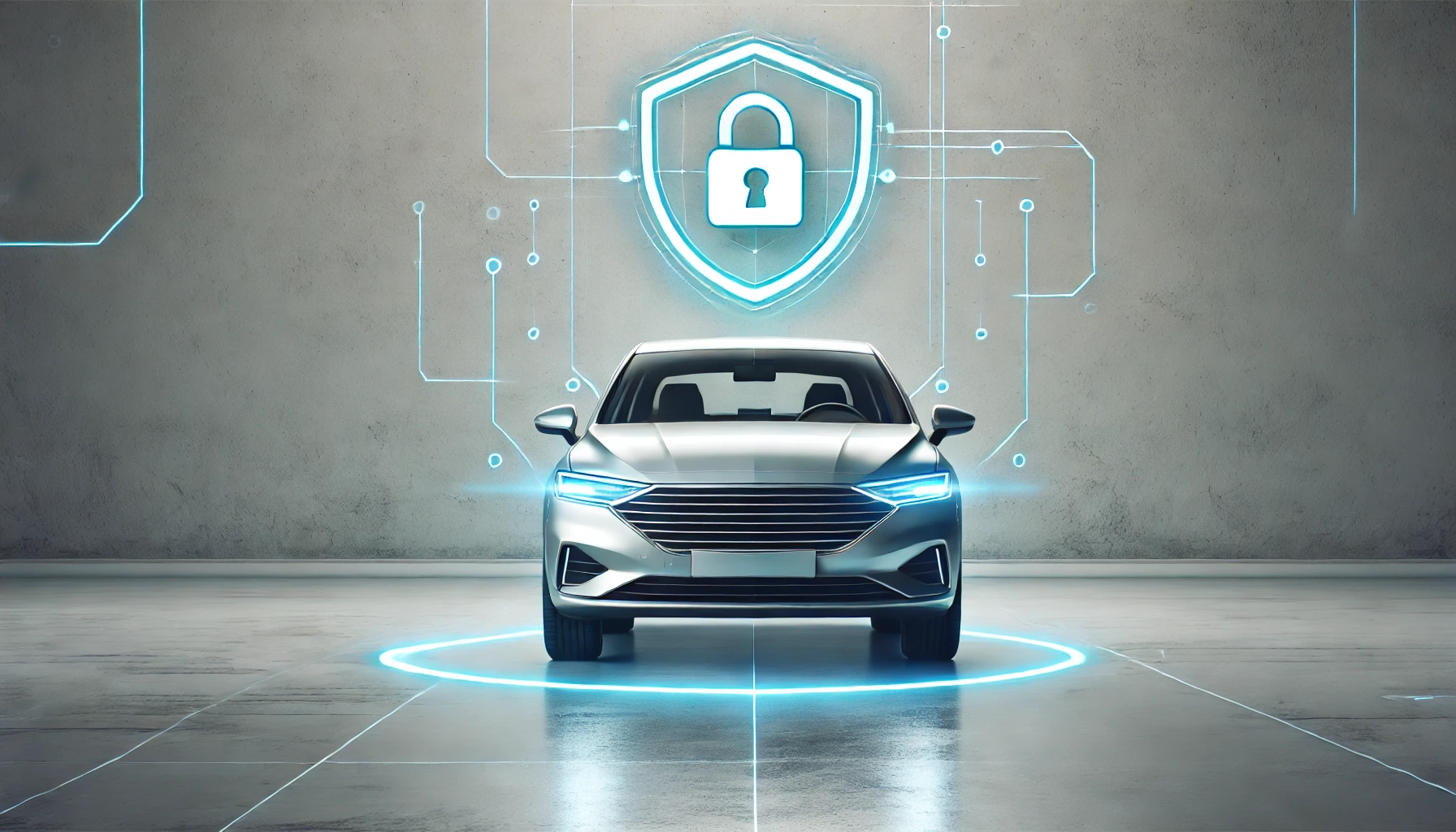ISO/SAE 21434: The Cornerstone of Automotive Cybersecurity
What You Need to Know About Automotive Cybersecurity Standards: How They’re Changing the Industry and Why You Can’t Afford to Ignore Them
In today’s rapidly evolving automotive landscape, cybersecurity is no longer a niche concern it is a foundational requirement. What once could be safely ignored as theoretical has now become a matter of regulatory compliance, consumer trust, and business continuity. If you are not up to date with the latest automotive cybersecurity standards, you’re already falling behind and potentially leaving your vehicle systems open to vulnerabilities.
This article focuses on the most influential standard redefining the security landscape of modern mobility: ISO/SAE 21434. Understanding this standard is essential to grasp how cybersecurity has evolved from an abstract concern into a central pillar of modern automotive engineering.
ISO/SAE 21434: The Cornerstone of Automotive Cybersecurity
The publication of ISO/SAE 21434 in 2021 marked a pivotal moment in the evolution of vehicle cybersecurity. Developed jointly by the International Organization for Standardization (ISO) and the Society of Automotive Engineers (SAE), this standard provides a structured, risk-based approach to identifying and mitigating cybersecurity threats across the entire vehicle lifecycle.
Its introduction reflects a significant shift from ad hoc security measures to systematic, process-driven governance, recognising that cybersecurity must be embedded from the earliest stages of design and persist throughout the operational life of the vehicle.
Key Elements of ISO/SAE 21434
ISO/SAE 21434 encompasses a wide spectrum of cybersecurity activities and responsibilities. Among its most critical features are:
- Cybersecurity Management System (CSMS): The standard mandates that organisations implement a CSMS to coordinate and govern all cybersecurity-related tasks. This system defines roles, responsibilities, workflows, and escalation procedures necessary for maintaining security over time.
- Threat Analysis and Risk Assessment (TARA): A core component of the standard, TARA provides a methodological approach to identifying potential threats, estimating associated risks, and establishing appropriate countermeasures.
- Secure Lifecycle Integration: ISO/SAE 21434 is explicitly structured around the vehicle lifecycle concept, development, production, operation, and decommissioning, ensuring that security is not only front-loaded but continuously managed and adapted.
- Supplier and Interface Management: Given the complexity of automotive supply chains, the standard requires that OEMs and Tier 1 suppliers manage cybersecurity dependencies with third parties. This includes verification of compliance and secure handling of interfaces.
- Cybersecurity Goals and Claims: For every critical component, manufacturers must define specific cybersecurity goals and provide evidence (claims) that those goals have been met through appropriate design, testing, and validation processes.
Integration with Global Regulations: UNECE WP.29 R155 and R156
The global relevance of ISO/SAE 21434 is underscored by its alignment with binding international regulations, most notably the UNECE WP.29 framework. The two central regulations in this domain are:
- UN Regulation No. 155 (R155): This mandates that all manufacturers seeking to sell vehicles in UNECE member states must implement and demonstrate a certified Cybersecurity Management System.
- UN Regulation No. 156 (R156): Focused on software updates, this regulation compels manufacturers to establish a Software Update Management System (SUMS) to manage over-the-air and manual updates securely.
ISO/SAE 21434 serves as the technical basis upon which many manufacturers are building their compliance strategies. Without adherence to its processes and principles, regulatory certification becomes significantly more difficult if not impossible.
The Expanding Cybersecurity Ecosystem: Supporting Frameworks and Standards
ISO/SAE 21434 does not exist in isolation. It forms the backbone of a broader ecosystem of security frameworks that are increasingly interlinked:
- AUTOSAR Adaptive Platform: Enhances the implementation of ISO/SAE 21434 by supporting secure communication protocols, credential management, and hardware security modules (HSMs).
- ETSI V2X Protocols: Provide security measures for vehicle-to-everything communications, including message integrity, authentication, and privacy safeguards.
- ISO/PAS 5112: An upcoming standard that will establish best practices for assessing compliance with ISO/SAE 21434, allowing organisations to benchmark their cybersecurity maturity and audit effectiveness.
This ecosystem reflects a growing consensus in the automotive sector: cybersecurity is not a singular solution but a network of interoperable strategies that must evolve alongside technology.
The Road Ahead: Sustaining Trust in a Connected World
The rise of connected, autonomous, and software-defined vehicles has made cybersecurity a first-order concern for manufacturers and regulators alike. ISO/SAE 21434 represents a foundational step toward ensuring that the vehicles of tomorrow are not only innovative but also secure.
As regulatory enforcement tightens and consumer awareness grows, adherence to this standard will not merely be a matter of legal obligation but of strategic positioning. Companies that fail to internalise its principles may find themselves locked out of key markets or worse, at the centre of the next high-profile security breach.
In summary, ISO/SAE 21434 is not just a technical specification it is a declaration that in the era of connected mobility, security is inseparable from safety, quality, and performance. For those seeking to lead in the future of transportation, mastering this standard is not optional. It is essential.
If you are interested in making a move in the Cybersecurity space or are looking for an expert to join your team, then reach out to Jimi Wild at jimi@akkar.com




